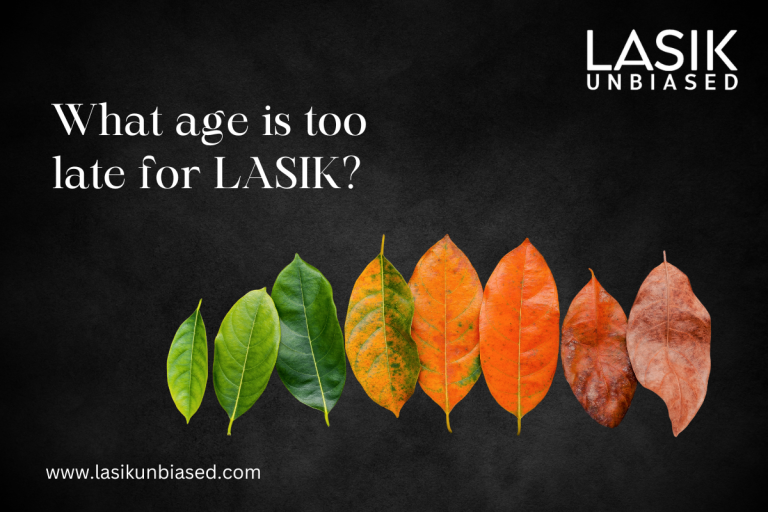LASIK (Laser-Assisted in Situ Keratomileusis) is a popular and highly effective surgical procedure for correcting refractive vision problems such as nearsightedness, farsightedness, and astigmatism.
This laser surgery reshapes the cornea to improve how light enters the eye, providing clearer vision without needing glasses or contact lenses. As more people opt for LASIK to free themselves from visual aids, many wonder if the procedure has an age limit. Is there a point at which LASIK becomes less effective or too risky? Understanding the factors determining whether someone is a good candidate for LASIK, including age considerations, is crucial for those interested in the procedure.
LASIK and Age: What Matters?
Age is one of the many factors that determine a person’s suitability for LASIK surgery. While LASIK can provide excellent results for individuals of varying ages, it is not suitable for everyone, and the procedure’s effectiveness can vary depending on a person’s age, eye health, and other factors. It’s essential to understand how age plays a role in LASIK candidacy and what age may be considered “too late” for the procedure.
Ideal Age Range for LASIK
The ideal age range for LASIK surgery typically falls between 18 and 40. This is because, in most cases, individuals within this range have stable vision and a plateaued eye prescription. At this age, the refractive errors (nearsightedness, farsightedness, or astigmatism) are well-defined and unlikely to change significantly over time. Additionally, LASIK surgery has the highest success rate in patients within this age range because their corneal shape and general eye health are typically optimal for the procedure.
LASIK is generally not recommended for people under 18 because their eyes are still developing, and their prescriptions may change as they grow older. This is particularly true for nearsightedness, which often progresses until around the age of 21.
LASIK for People Over 40
As people age, the likelihood of developing presbyopia increases. Presbyopia is the gradual loss of the ability to focus on close objects, which typically begins around the age of 40. It is caused by the natural hardening of the lens inside the eye, making it difficult to focus on near objects. This condition is unrelated to refractive errors like nearsightedness or farsightedness, which LASIK corrects.
For people over 40, LASIK can still be effective for addressing refractive errors like nearsightedness or astigmatism. However, LASIK cannot treat presbyopia or restore near vision. As a result, people over 40 who undergo LASIK may still need reading glasses for close-up tasks, such as reading or using a smartphone. Sometimes, a combination of LASIK and monovision (correcting one eye for distance and the other for near vision) can help improve near vision. Still, this approach does not fully address presbyopia.
For those over 40, it’s essential to have realistic expectations about LASIK’s ability to improve both near and far vision. LASIK can correct distance vision, but patients may still need reading glasses as they age.
LASIK for People Over 50
As people continue to age, their eyes undergo natural changes that can make LASIK surgery more complicated. By the time someone reaches their 50s, they are more likely to experience several age-related eye conditions, such as cataracts, dry eye syndrome, or glaucoma, which can impact LASIK candidacy.
Cataracts, a condition in which the eye’s lens becomes cloudy, can significantly impact vision and make LASIK less effective. LASIK is designed to reshape the cornea, but it does not address issues with the lens. If a patient has developed or is at risk of developing cataracts, they may be better suited for cataract surgery, which can simultaneously correct vision issues.
People over 50 are also more likely to experience dry eye syndrome, which can complicate LASIK surgery. The LASIK procedure temporarily reduces the number of tears the eyes produce, and patients with pre-existing dry eye conditions may experience prolonged dryness and discomfort after surgery. For these patients, treating dry eyes before considering LASIK is essential.
For those over 50, LASIK can still be an option if the person is in good overall eye health and does not have significant age-related eye conditions. However, the surgeon will likely conduct additional tests to ensure that the cornea is healthy enough for LASIK and that no other underlying issues would interfere with the surgery.
LASIK for Seniors (60+)
LASIK is still possible for patients in their 60s and beyond, but it has become less common. As people age, their eyes become less resilient, and many develop conditions such as cataracts or macular degeneration that can make LASIK less effective. At this stage, the likelihood of significant vision changes and the need for other forms of vision correction, such as cataract surgery or intraocular lens implants, increases.
In patients over 60, LASIK may still be considered if the patient has healthy eyes, a stable prescription, and no significant age-related vision conditions. However, patients in this age group should have realistic expectations about the long-term effects of LASIK. It’s important to note that LASIK cannot prevent age-related eye conditions such as cataracts or macular degeneration, so these conditions may need to be addressed in the future with different treatments.
Pre-Surgery Evaluation: Key Considerations
A thorough pre-surgery evaluation is essential for any age group to determine LASIK candidacy. The review includes an in-depth assessment of eye health, corneal thickness, prescription stability, and overall suitability for the procedure. Regardless of age, patients must have healthy eyes and meet specific requirements, such as:
- Stable prescription for at least one year
- Healthy corneas with no signs of disease or thinning
- No underlying eye conditions like cataracts or glaucoma
During the evaluation, the surgeon will consider your medical history, current vision prescription, and any other factors that could affect the safety or effectiveness of LASIK.
While LASIK is an excellent option for many individuals, there is no specific “age limit” for the procedure. However, as people age, certain eye conditions become more common, which can affect LASIK candidacy. The ideal age for LASIK is between 18 and 40, as the eyes are stable, and the risk of complications is lower.
LASIK can still be effective for addressing refractive errors for those over 40, but it does not treat presbyopia. LASIK may still be an option for those in their 50s and beyond, but other age-related eye conditions, such as cataracts or dry eye, may require additional considerations. It’s essential for individuals of all ages to consult with an experienced LASIK surgeon to determine whether they are a good candidate for the procedure and to discuss their long-term vision goals.


